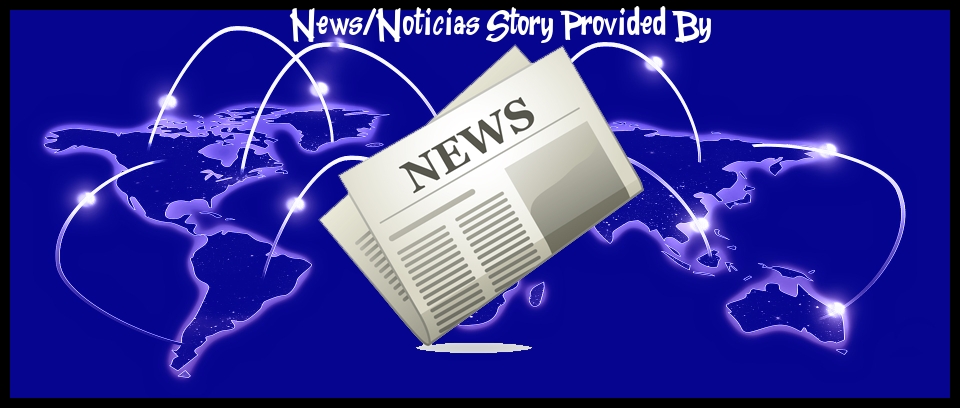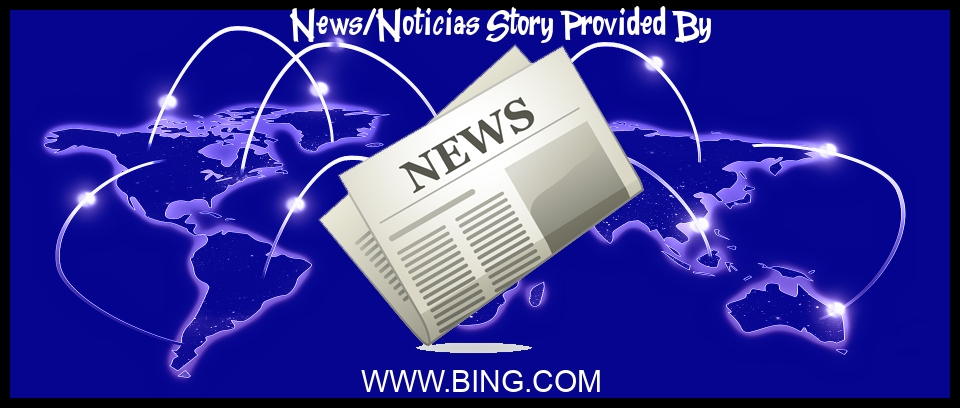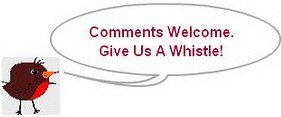Sorry, Your Requested Page Was Not Found.
Greetings! We apologize for the inconvenience, but the page, Consumer News Living Paycheck To Paycheck Here’s How To Stop is no longer available. Please use our search box below to find related content and browse the list of related news stories. Depending on the topic, news articles are deleted 3 - 18 months after the created date. We prefer to keep content fresh and current and not keep old news. Thanks for visiting today.Search RobinsPost News & Noticias
10 Tips to Avoid Living Paycheck to Paycheck

Here are 10 tips to help get you on the right ... impactful changes to your finances right away,” says Sanka. "To stop living paycheck to paycheck and have breathing room in your budget, find ... Read More
7 Simple Steps to Finally Stop Living Paycheck to Paycheck (Yes, It’s Possible!)

Living paycheck to paycheck can feel overwhelming ... If you’re ready to regain control over your finances and create a buffer, here are seven steps to get you there: 1. Track Every Dollar ... Read More
Living paycheck to paycheck is more common than you think, and it isn't always bad

The good news ... said. Consumer prices rose swiftly in 2022 and ticked up further in 2023 and 2024. When the Bank of America researchers looked at a strict definition of living paycheck ... Read More
4 Reasons Americans Can't Stop Living Paycheck to Paycheck

With that kind of income, most of us thought we'd be able to add to our savings accounts and stop worrying ... the PYMNTS survey, here's why so many people are still living paycheck to paycheck. Read More
61% Of Americans Live Paycheck-To-Paycheck: Here’s The Simple Solution We’re Overlooking

but was still living paycheck-to-paycheck. No matter how much more I earned, my expenses seemed to magically match, making financial breathing room feel out of reach. But here's the thing ... Read More
Kim Kiyosaki’s Blueprint To Stop Living Paycheck to Paycheck

Kim Kiyosaki is a self-made millionaire and CEO of the Rich Dad company. In an interview on the “Richer Way Podcast,” she shared her best advice for attaining financial independence and ... Read More
Inflation is cooling, yet many Americans are still living paycheck to paycheck

Living paycheck to paycheck has become the norm for many Americans. Higher prices are making it more difficult to achieve middle-class status. Financial advisors say there are ways individuals and ... Read More
Blow Us A Whistle

Comments (Whistles) Designed By Disqus

